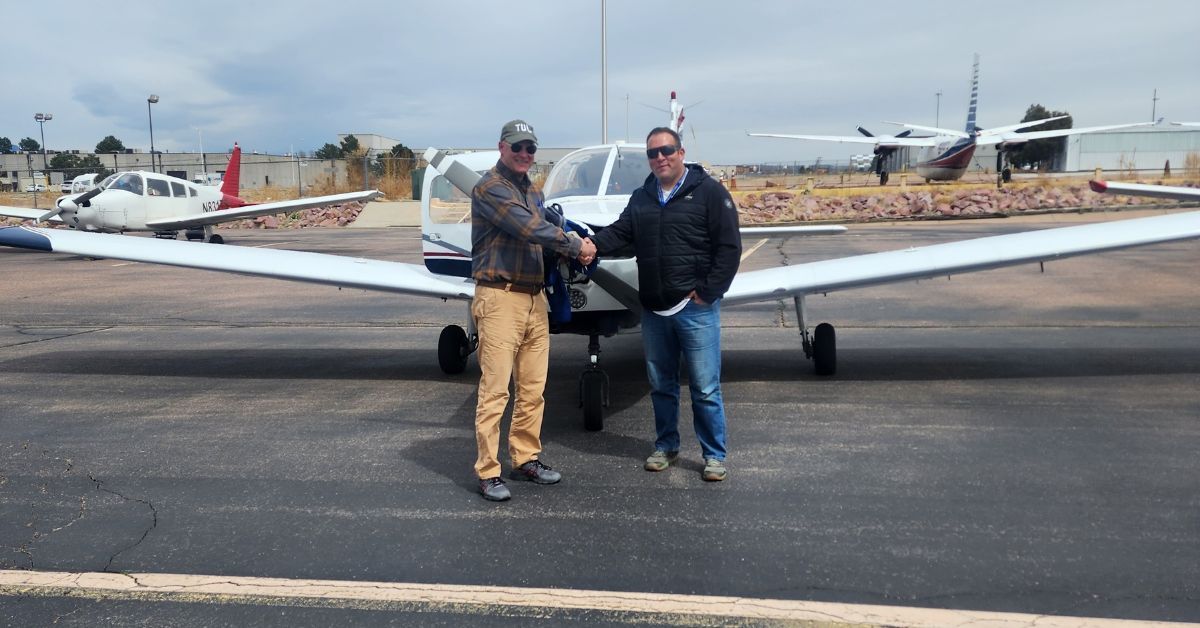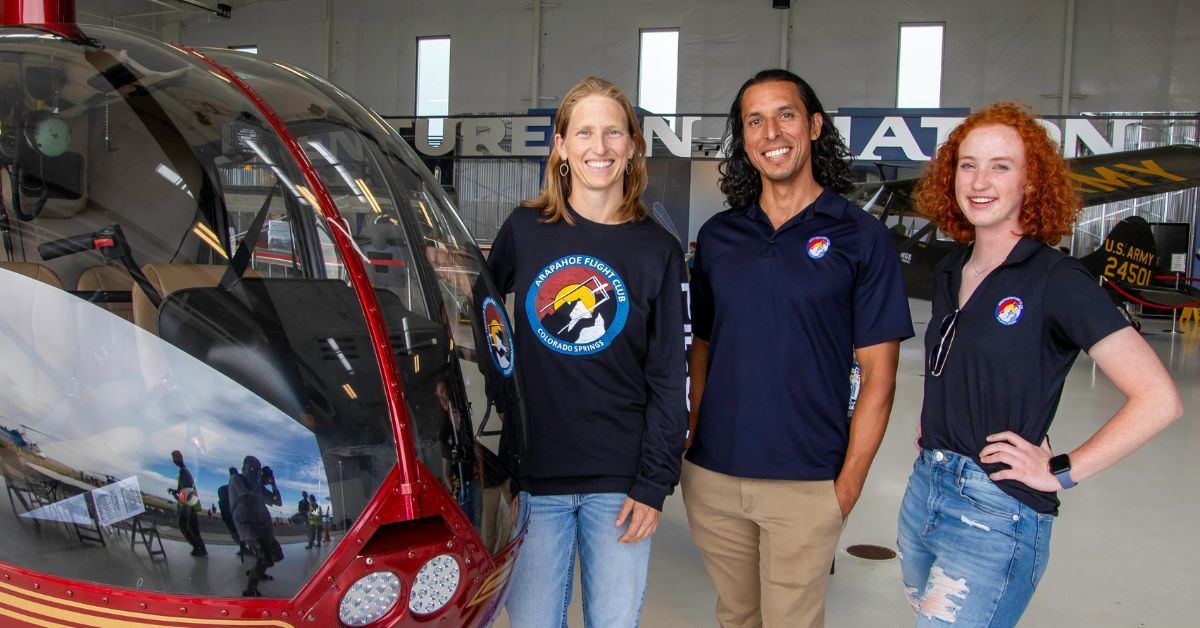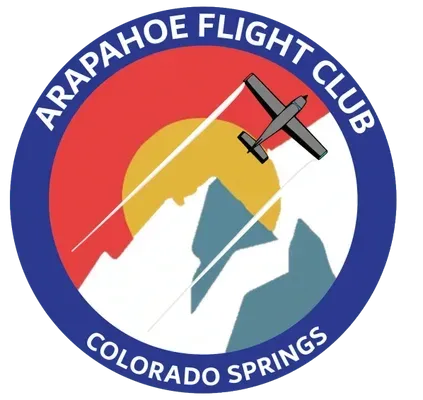Rotorcraft Transition Program Requirements Explained
The aviation industry offers unique career paths for rotorcraft pilots looking to switch to fixed-wing aircraft. This shift opens various opportunities, including commercial airline positions requiring specialized training. Rotorcraft transition programs bridge the gap by offering guidance and qualifications. Before taking the next step in your aviation career, you should understand rotorcraft transition program requirements to move forward with confidence.
What Is a Rotorcraft Transition Program?
A rotorcraft transition program is a comprehensive training pathway for helicopter pilots aiming to shift into fixed-wing aviation. These programs provide training to meet regulatory requirements and certification standards for operating fixed-wing aircraft. With the growing demand for qualified airline pilots, these training programs are integral for developing the necessary skills and transitioning from one discipline to another within the aviation industry.
Why Transition From Rotorcraft to Fixed-Wing Aircraft?
Helicopter pilots might consider transitioning to fixed-wing aircraft for various reasons, including career growth, higher earning potential, and the chance to join leading commercial airlines. Fixed-wing flying offers a more stable lifestyle, with scheduled routes and less emphasis on demanding operations that are common in rotorcraft roles. Additionally, the skillset developed in rotorcraft flying is valuable, providing pilots with a solid foundation for fixed-wing operations.
Who Is Eligible for a Rotorcraft Transition Program?
Licensed helicopter pilots with a proven record of flight hours typically qualify for rotorcraft transition training. Most programs require candidates to hold a current rotorcraft commercial pilot license. Depending on the program, additional requirements may include minimum flight hours (typically 500–1,000), an instrument rating, and a valid second or first-class medical certificate. Prerequisites vary for student pilots, and a consultation with a program advisor is necessary.
What Qualifications Do Pilots Gain?
By completing these programs, rotorcraft pilots earn a fixed-wing airline transport pilot (ATP) certificate or, in some cases, additional ratings that bolster their professional resumes. The ATP certificate qualifies pilots for complex, multi-engine, fixed-wing aircraft operations and is mandatory for airline roles. The flight school may also include specializations, such as turbine transition or type-specific training.

The Role of FAA Regulations
Federal Aviation Administration (FAA) regulations structure rotorcraft transition programs. The FAA outlines training requirements, simulator hours, flight time in various operational conditions, and check-ride evaluations to ensure pilots meet safety and operational standards. FAA compliance guarantees that training aligns with the best practices of the aviation industry and prepares pilots for integration into the fixed-wing sector.
Core Components of the Training
Rotorcraft transition training consists of several components. Ground school is a significant part of the curriculum, introducing fixed-wing aerodynamics, systems, and operations. Pilots familiarize themselves with flight planning, navigation, and air traffic control protocols. Additionally, simulator training offers a safe and controlled environment in which to practice and refine essential skills under the guidance of instructors.
Flight training forms the most practical aspect of these programs. Here, pilots gain hands-on experience flying fixed-wing aircraft under realistic scenarios, from takeoffs and landings to cross-country navigation. This holistic approach builds confidence and familiarity with fixed-wing operations.
Cost of Transition Programs
The cost of rotorcraft transition programs varies; tuition is between $10,000 and $30,000. Pricing depends on training hours, location, aircraft models, and program duration. Some flight schools may offer financial aid packages to alleviate the financial burden, while others may partner with airlines to subsidize costs for promising candidates. Carefully considering your budget and financing options is crucial when selecting a program.
How Long Does the Training Take?
The duration of rotorcraft transition programs depends on individual progression and the schedule of the institution. On average, training lasts between three and six months, making it a relatively short-term commitment for long-term career benefits. Pilots pursuing full-time training may complete their requirements more quickly than those balancing training with existing professional obligations.
The Importance of Networking
Networking plays a big role in the success of students in rotorcraft transition programs. Many programs encourage participants to connect with the broader aviation community, opening doors to mentorship and future job opportunities. Engaging with experienced professionals during training offers valuable industry insights and builds relationships that can lead to commercial flying roles.
For example, a former helicopter pilot enrolled in a transition program at Arapahoe Flight Club connected with a retired airline captain during a simulator session. That relationship led to a mentorship, a strong job referral, and a position with a regional airline! This case demonstrates how powerful networking can be in shaping a pilot’s career path.

Choosing a Rotorcraft Transition Program
Choosing the ideal rotorcraft transition program involves considering location, program reputation, certification outcomes, and available resources. Pilots should evaluate whether a program offers the right mix of ground instruction, simulator training, and hands-on flight experience to meet their career goals. Reviews from fellow pilots who have completed the program can also provide valuable insights.
Additionally, many pilots choose certified schools that offer rotor-to-airline transition programs to bridge the gap between rotorcraft and commercial airline careers. These programs may include tailored modules that align with the hiring standards of specific airline partners.
Post-Program Opportunities
After completing a rotorcraft transition program, numerous career opportunities may open up for pilots. Graduates can proceed directly to roles in regional airlines, where they accumulate experience hours to qualify for major airline positions. Some training programs collaborate with airlines, sending successful candidates into employment pipelines.
Other graduates may find opportunities in cargo aviation, firefighting, or corporate flying. Pilots with specialized skills in rotorcraft and fixed-wing operations are sought after in niche aviation roles requiring operational flexibility.
The Future of Rotorcraft Transition Programs
With the ongoing pilot shortage and aviation’s accelerated technological advancements, rotorcraft transition programs are more critical than ever in addressing global demands for qualified pilots. Integrating modern training technologies, such as virtual reality and AI-assisted simulators, further enhances the efficiency and quality of these programs. Rotorcraft pilots transitioning to fixed-wing roles will likely play a part in shaping the future of commercial aviation.
Helicopter pilots can unlock exciting opportunities in fixed-wing aviation. Understanding the rotorcraft transition program requirements bridges technical gaps and empowers pilots to soar higher in their careers. Whether you’re exploring aviation or already advancing, now is the perfect time to take the leap. Partner with Arapahoe Flight Club, and start your journey today.
